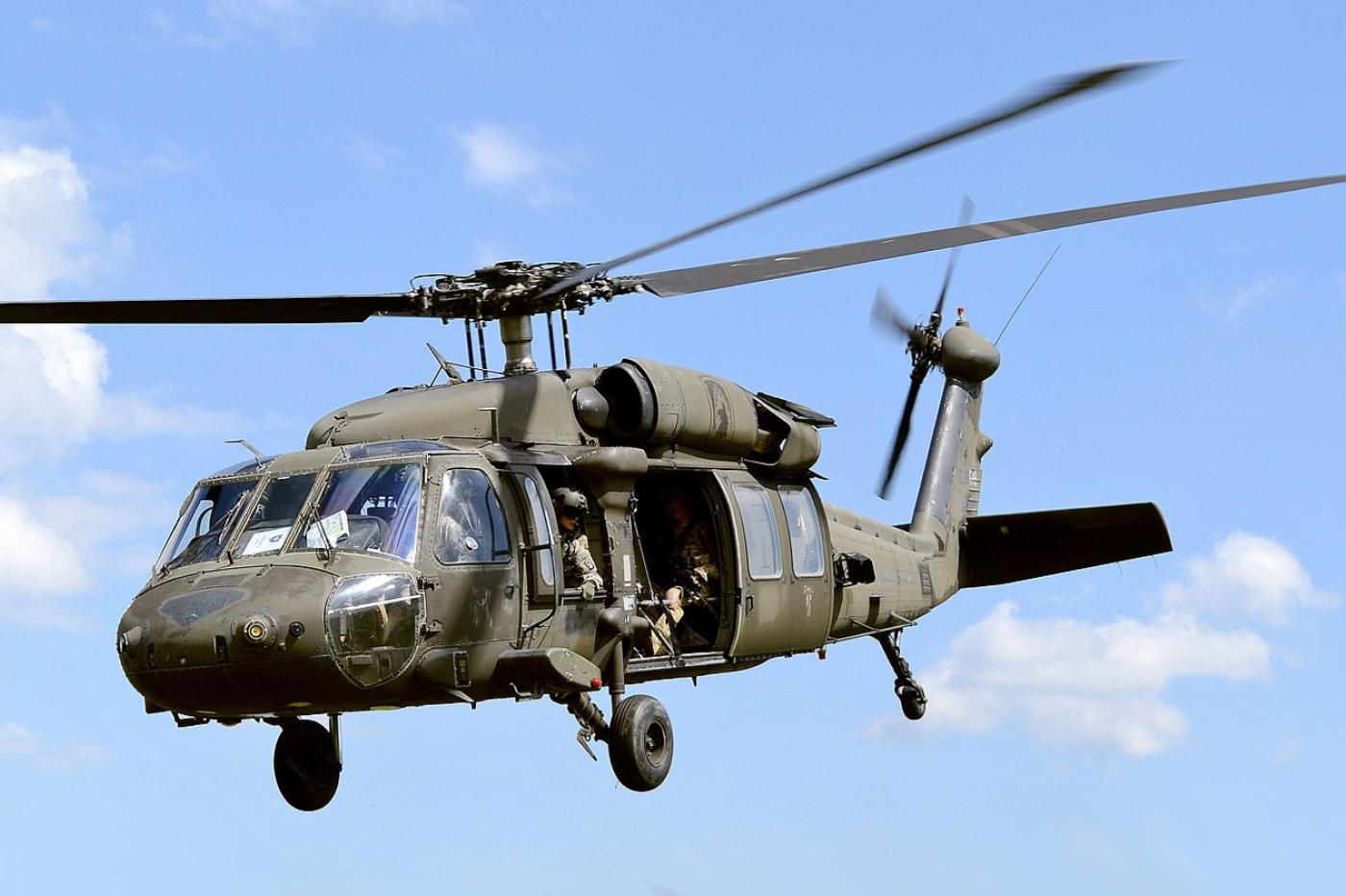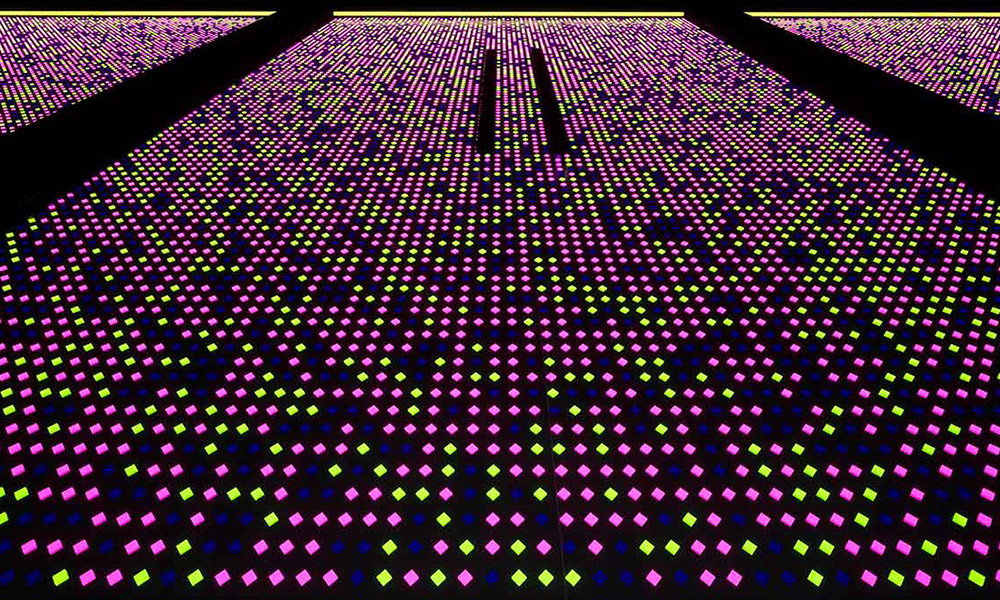
Flying a helicopter is no small feat, even for seasoned professionals. The US military intends to help them with artificial intelligence and augmented reality.
As part of a partnership with the University of Foride Centrale, Northrop Grumman will develop a new tool for American UH-60 Blackhawk helicopter pilots. baptized Operator and Context Adaptive Reasoning Intuitive Assistant (OCARINA)it is a system based on artificial intelligence which is intended to be integrated into an augmented reality helmet.
The work of these pilots is one of the most unpredictable. Indeed, this type of piloting is already not an easy task in normal times. But in the context of high-voltage operation, with varying weather and light and other environmental factors to consider can make the matter even more tricky. This reinforcement will therefore not be too much for these pilots.
“The objective of this prototype is to extend the capabilities of a pilot”, explains the project manager at Northrop Grumman. “It will help us teach them new tasks, recognize and reduce mistakes, complete tasks faster, and most importantly, it will help us prevent catastrophic events.“, he explains.
Reduce the mental load of pilots
In the field, this system will make it possible to modernize these devices. Today, the crew still largely relies on visual and auditory warning signals, for example to tell them to correct the altitude urgently. But Northrop and DARPA consider these systems to be “limiting, and can induce unwanted mental load among the pilotss”.
Reducing this load is precisely what this AI-based system seeks to do. It will give indications to the pilot in real time on the nearby terrain topology, weather, behavior of other nearby aircraft, and so on. But above all, he will do it the way as organic and as unintrusive as possible. This information will be delivered both in audio and visual format via the augmented reality interface.
On the ground, this should reduce the mental load that these systems place on the crew, and in particular the pilots. They will therefore be more involved, more alert, and more effective in carrying out their mission. At present, it is only a project, so it should not be expected to be integrated into the arsenal of the American army anytime soon. But it is in any case a evocative sign of the direction taken by the military sector, which is increasingly using artificial intelligence to assist it in the field.





